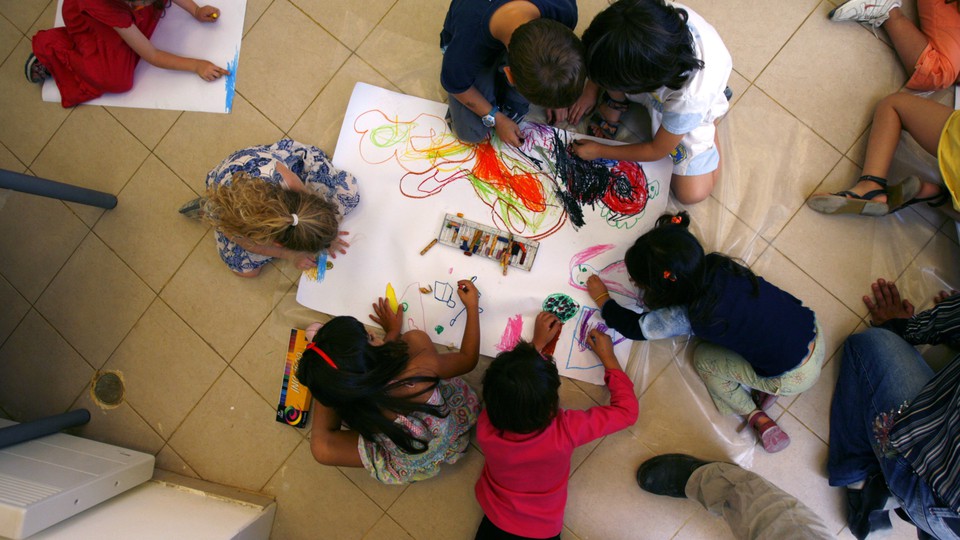
Discover the power of art as a therapeutic tool for children with our collection of 12 fun and essential art exercises. These activities are designed to help kids express themselves, process emotions, and enhance their overall well-being.
From pattern drawing and coloring to constructing an emotion wheel, each exercise offers a creative outlet for children to explore their feelings and find inner peace.
Join us on this journey of self-discovery and watch as art becomes a powerful tool for healing and growth.
Pattern Drawing and Coloring
One of the most effective therapeutic art exercises for every kid is pattern drawing and coloring. This activity allows children to explore geometric shapes while experimenting with color blending, creating a sense of freedom and expression.
Pattern drawing and coloring provide an outlet for creativity, allowing children to engage their imagination and develop their artistic skills. By encouraging children to experiment with different patterns and colors, this exercise promotes problem-solving and critical thinking.
It also helps children develop fine motor skills and hand-eye coordination as they carefully trace and color within the lines.
Additionally, pattern drawing and coloring can have a calming effect on children, providing them with a sense of relaxation and stress relief.
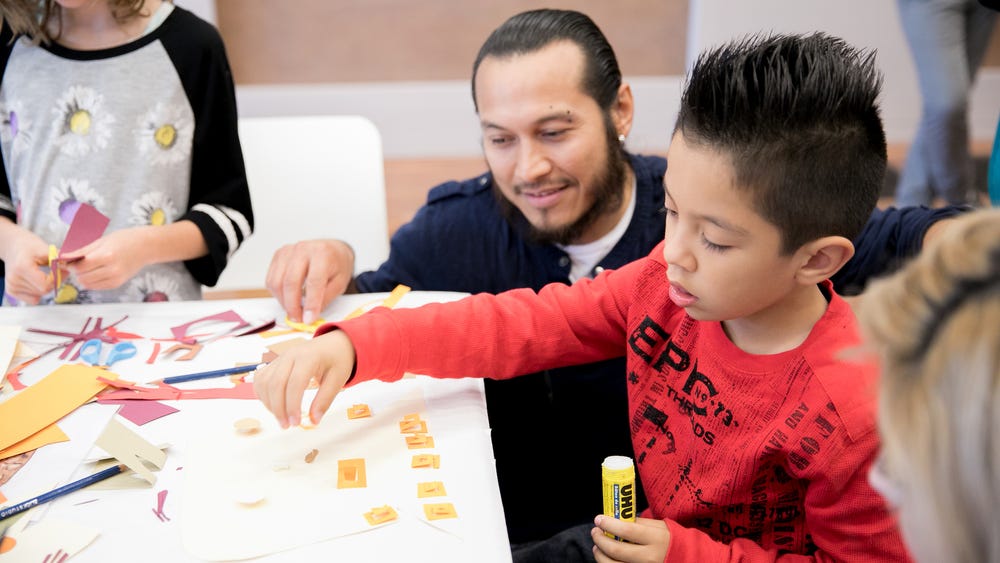
Creating a Happiness Collage
Creating a happiness collage is a meaningful and engaging art exercise that allows children to visually express their positive emotions and cultivate a sense of joy and contentment. This activity encourages children to explore their inner happiness, helping them to identify the things that bring them joy.
By creating a collage of images, drawings, and words that represent their happy moments, children can build a visual reminder of the things that make them happy. This can serve as a powerful tool for self-reflection and self-expression.
Additionally, incorporating positive affirmations into the collage can further reinforce feelings of happiness and contentment. Children can also pair their happiness collage with a happiness journal, allowing them to document their positive experiences and reflect on them later.
This art exercise empowers children to embrace their freedom to express and celebrate the things that bring them happiness.
Making a Worry Doll
When making a worry doll, children can learn to express their anxieties and fears in a creative and tangible way. Worry dolls are small dolls traditionally made from sticks, cloth, and yarn. The process of creating these dolls allows children to externalize their worries and fears by giving them a physical form.
As children make these dolls, they can pour their emotions into each stitch, weave, and decoration, turning their worries into something they can hold and manipulate. This act of creation can be incredibly therapeutic, providing a sense of control and empowerment.
Constructing an Emotion Wheel
Understanding and expressing emotions can be challenging for children. Art can provide a safe and creative outlet for them to explore their feelings.
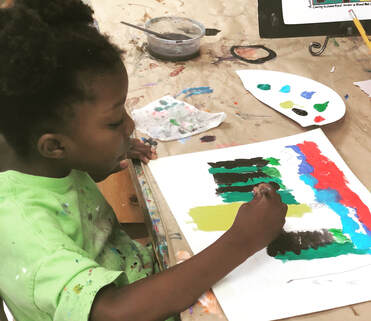
Constructing an Emotion Wheel is an engaging activity that allows children to visually represent different emotions through color symbolism in art.
Color Symbolism in Art
The exploration of color symbolism in art allows for a comprehensive understanding of the intricate relationship between emotions and colors. Color psychology plays a significant role in how colors are perceived and the impact they have on our emotions. Different colors evoke various emotions and can be used to communicate and express feelings through art.
Additionally, colors can have cultural associations, where certain colors hold specific meanings and symbolism in different societies. For example, in some cultures, the color red may represent love and passion, while in others, it may symbolize luck and prosperity.
Expressing Complex Emotions
To effectively explore and communicate complex emotions, children can construct an emotion wheel as a therapeutic art exercise. This activity allows them to delve into their feelings and express them in a visual and tangible way. Here are three reasons why constructing an emotion wheel can be beneficial for children:
Expressive Movement: Creating an emotion wheel encourages children to explore different ways of expressing their emotions through color, shape, and texture. This process helps them develop a deeper understanding of their feelings and find healthy outlets for self-expression.
Therapeutic Storytelling: As children construct their emotion wheels, they can also use this opportunity to tell stories about their emotions. This storytelling aspect allows them to externalize their feelings, process them, and gain a sense of control over their emotional experiences.
Freedom of Expression: The emotion wheel exercise provides children with a safe and non-judgmental space to freely express their complex emotions. They can embrace their uniqueness and discover new ways to communicate their feelings through art.
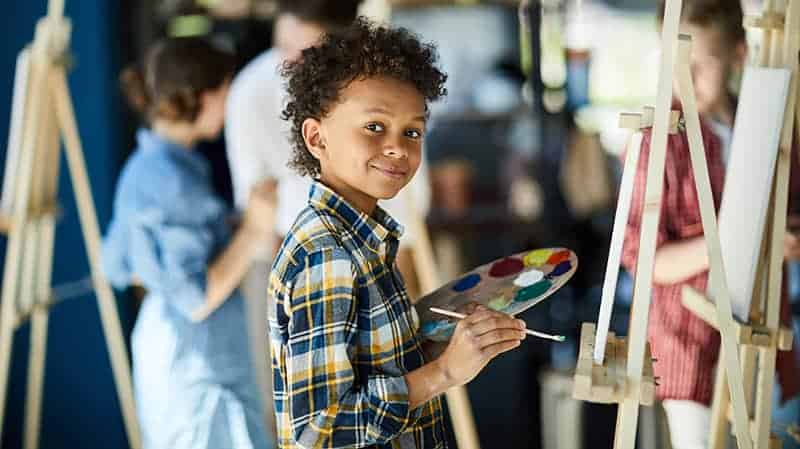
Constructing an emotion wheel empowers children to explore and understand their emotions in a creative and therapeutic way, promoting emotional well-being and self-awareness.
Drawing the Weather of the Heart
Artistic exploration of emotions through visual representation, known as emotional weather drawing, provides children with a creative outlet to express and understand their innermost feelings.
Drawing emotions allows children to externalize their emotions and gain a deeper understanding of their emotional landscapes. This art therapy technique encourages children to tap into their imagination and use colors, shapes, and lines to depict the weather of their hearts.
They can create stormy skies to represent anger or sadness, sunny days to symbolize happiness, or even cloudy skies to convey confusion or uncertainty.
By engaging in this activity, children are empowered to explore and communicate their emotions freely, fostering a sense of freedom and self-expression.
Through emotional weather drawing, children can develop a stronger emotional intelligence, promoting their overall well-being and resilience.
Composing a Self-Esteem Banner
One effective art exercise for building self-esteem involves composing a banner that showcases a child's positive qualities and achievements. This activity allows children to express themselves creatively while also promoting positive affirmations and self-expression through art.
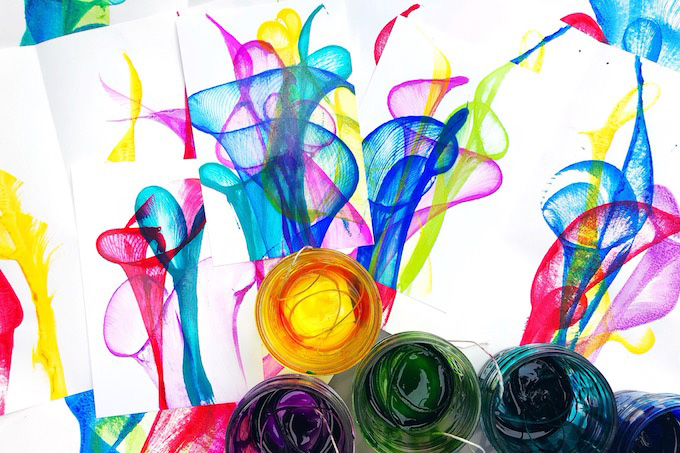
Here are three reasons why this exercise is beneficial for children:
Encourages self-reflection: Composing a self-esteem banner requires children to reflect on their own strengths and accomplishments. This process helps them recognize their worth and develop a positive self-image.
Fosters self-expression: Through art, children can express their emotions and thoughts in a visual and tangible way. This allows them to communicate their feelings and experiences, promoting a sense of freedom and empowerment.
Celebrates achievements: Creating a banner that highlights their achievements helps children recognize their capabilities and boosts their confidence. It serves as a reminder of their accomplishments and encourages them to continue striving for success.
Painting to Music
Engaging in painting to music can be a powerful way for children to express their emotions. By connecting the visual arts with auditory stimulation, children are able to tap into their inner thoughts and feelings, allowing for a cathartic release.
Furthermore, painting to music enhances sensory experiences, as the rhythm and melody can inspire creativity and provide a sense of focus and flow.
Emotional Expression Through Music
Through the use of music as a medium, children can effectively express their emotions while engaging in the process of painting. Music therapy has long been recognized as a powerful tool for emotional healing and self-expression. When combined with the act of painting, it creates a dynamic and liberating experience for children.

Here are three ways in which emotional expression through music can enhance the painting process:
Mood Matching: By selecting music that aligns with their emotions, children can channel those feelings into their artwork, allowing for a more authentic and cathartic expression.
Rhythm and Movement: The beat and tempo of music can inspire children to move their hands and bodies in sync with the music, adding a sense of flow and energy to their paintings.
Emotional Exploration: Music can evoke specific emotions, helping children to explore and process their feelings in a safe and non-judgmental way, leading to a deeper understanding of themselves and their experiences.
Enhancing Sensory Experiences
During the painting process, children can enhance their sensory experiences by listening to music and immersing themselves in the creative process.
Sensory play is a valuable tool for children to explore and understand the world around them.
Painting to music not only stimulates the visual senses but also engages the auditory senses, creating a multisensory experience.

As the brush glides across the canvas, the rhythm and melody of the music can evoke different emotions and inspire unique artistic expressions.
This integration of sensory experiences allows children to fully engage their minds and bodies in the creative process.
By combining the power of music and art, children are given the freedom to explore and express themselves in a way that is both enjoyable and therapeutic.
Sensory integration through painting to music can have a profound impact on a child's overall development, fostering creativity, self-expression, and emotional well-being.
Creating a Family Sculpture
The creation of a family sculpture allows children to explore their familial relationships and express their emotions through artistic means. This activity not only fosters family bonding but also encourages creative expression in a fun and engaging way.
Here are three reasons why creating a family sculpture is a valuable therapeutic art exercise for every child:
Emotional expression: Sculpting provides a tangible outlet for children to express their feelings towards their family members. Whether it's shaping the sculpture to represent love, joy, or even conflict, children can use this activity to communicate and process their emotions.
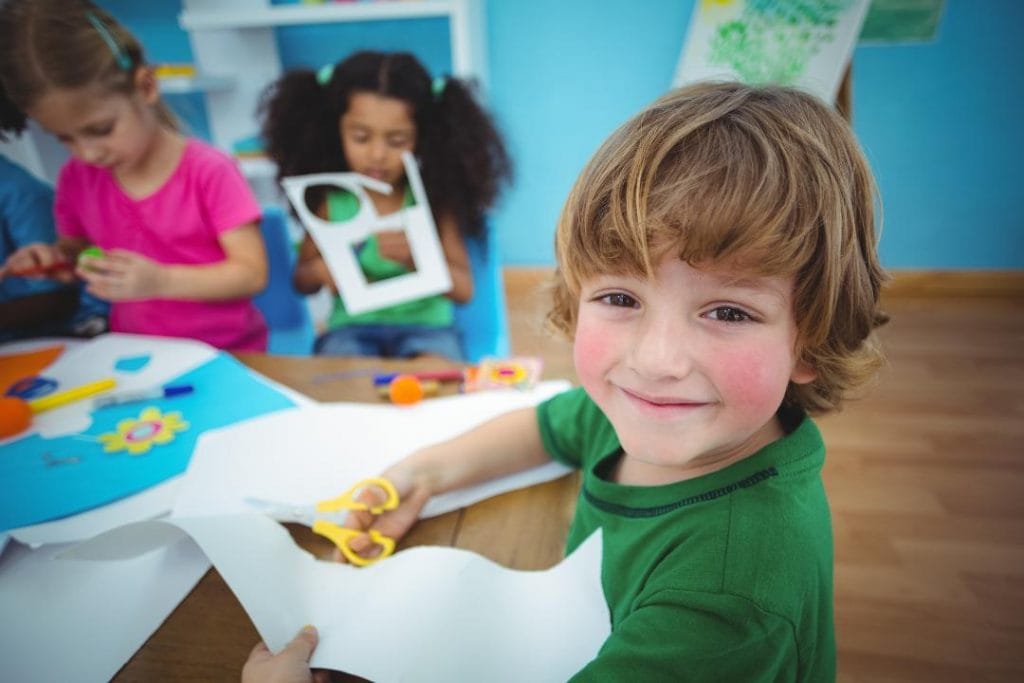
Symbolic representation: Through the sculpture, children can symbolically represent their family dynamics and relationships. This allows them to explore and understand the complexities of their family in a safe and non-judgmental space.
Collaboration and teamwork: Creating a family sculpture can be a collaborative effort, involving every family member. This exercise promotes teamwork and cooperation, strengthening the family bond and creating a sense of unity.
Drawing a Safe Place
When children draw a safe place, they have the opportunity to create symbolic representations of safety, using art as a medium for emotional healing.
Drawing allows children to express their emotions and fears in a non-verbal way, helping them process and cope with difficult experiences.
Symbolic Representations of Safety
As children engage in therapeutic art exercises, they can explore symbolic representations of safety by drawing a personal safe place. This activity allows them to express their feelings and emotions in a creative and insightful way. By creating a visual representation of their safe place, children can tap into their imagination and find a sense of comfort and security.
Here are three ways this exercise can benefit children:
Self-expression: Drawing a safe place allows children to explore their feelings through artwork. They can use colors, shapes, and symbols to convey their emotions and experiences.
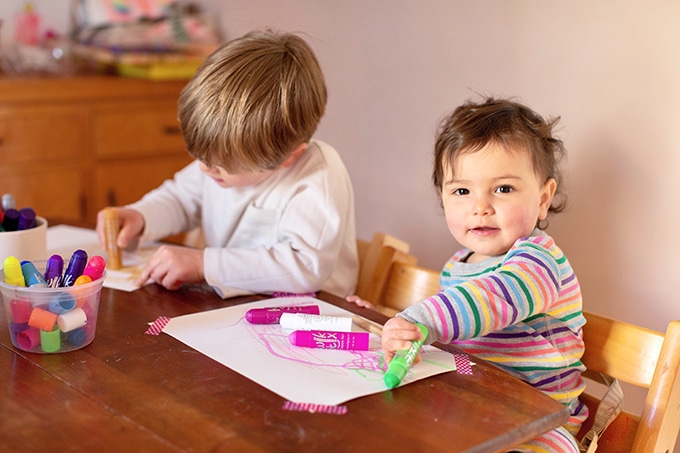
Empowerment: Creating a personal safe place gives children a sense of control and ownership. They can choose what elements to include in their drawing, making it a reflection of their unique personality and desires.
Coping mechanism: Drawing a safe place provides children with a tool to manage stress and anxiety. They can revisit their drawing whenever they feel overwhelmed, reminding themselves of their inner strength and resilience.
Through this exercise, children are encouraged to freely express themselves and find solace in their own creativity.
Emotional Healing Through Art
Children can achieve emotional healing through art by drawing a safe place. Art has the power to serve as a powerful tool for self-expression, allowing children to communicate their deepest emotions and experiences in a safe and non-threatening way.
Art therapy for children provides a creative outlet for them to explore their feelings, process difficult experiences, and find comfort and healing. By drawing a safe place, children can create an imaginary space where they feel protected, loved, and understood. This exercise encourages them to tap into their imagination and visualize a place where they can escape from the challenges of their daily lives.
Through this process, they can find solace, relaxation, and a sense of empowerment, fostering emotional healing and resilience. Art therapy allows children to express themselves freely, providing them with the freedom to explore and heal their emotional wounds.
Sand Art Exploration
How can sand art exploration be a beneficial therapeutic exercise for children?
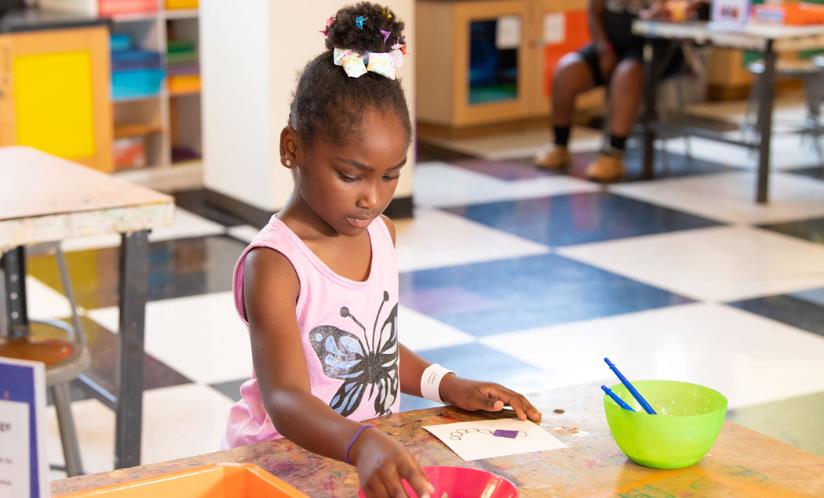
Sand art exploration is a wonderful way for children to express themselves creatively while also reaping the benefits of art therapy. Here are three reasons why sand art can be a valuable therapeutic tool:
Sensory stimulation: Manipulating sand and feeling its texture provides sensory input, allowing children to engage their senses and develop a deeper connection with their emotions.
Emotional release: Creating sand art allows children to express their feelings in a non-verbal way. It can be a cathartic experience, providing a safe outlet for emotions that may be difficult to express verbally.
Mindfulness practice: The process of creating sand art requires focus and concentration, promoting mindfulness and helping children develop a sense of calm and relaxation.
Drawing a Memory
One effective therapeutic art exercise for every child is to draw a specific memory from their past. Drawing a beloved pet or capturing a special moment can be a powerful way for children to express their emotions and tap into their creativity.
By putting pencil to paper and recreating a memory visually, children have the opportunity to revisit and reflect on a significant event in their lives. This exercise allows them to explore their feelings and thoughts in a safe and non-judgmental space.
The act of drawing a memory can also help children develop their observation skills, attention to detail, and ability to communicate visually. It is a beautiful and empowering way for children to connect with their past and express themselves freely through art.
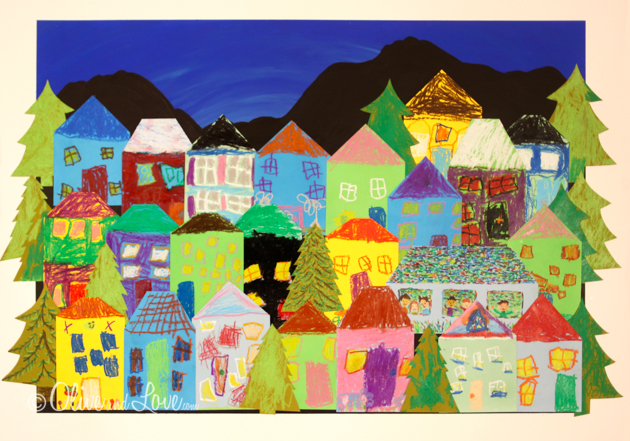
Designing a Healing Quilt
Creating a healing quilt provides children with an opportunity to express their emotions and find comfort through the process of designing and assembling a meaningful textile piece. The therapeutic art techniques involved in designing a healing quilt can have numerous benefits for children, including:
Emotional expression: By choosing fabrics, colors, and patterns that resonate with their emotions, children can express their feelings in a safe and creative way.
Sense of control: Designing a healing quilt allows children to make choices and have a sense of control over their creation, which can be empowering and help build self-confidence.
Healing and comfort: The process of designing and working on a healing quilt can be soothing and comforting, providing a sense of calm and healing for children experiencing emotional distress.
Frequently Asked Questions
How Long Does It Typically Take to Complete a Pattern Drawing and Coloring Activity?
Pattern drawing and coloring activities can vary in completion time depending on the complexity and individual child's pace. However, incorporating these exercises into daily routines can provide numerous benefits for children with special needs, promoting creativity, self-expression, and emotional well-being.
Are There Any Specific Materials or Supplies Needed for Making a Worry Doll?
To make a worry doll, you will need yarn and fabric scraps, glue, and markers or paint. These materials allow for creative expression and provide a sense of freedom for children to explore their emotions and find comfort in the process.
Can Creating a Happiness Collage Be Done Individually or Is It Recommended to Do It as a Group Activity?
Creating a happiness collage can be done individually or as a group activity. While individual collages allow for personal expression, collaborative art activities can enhance social skills, encourage teamwork, and foster a sense of community and shared joy.
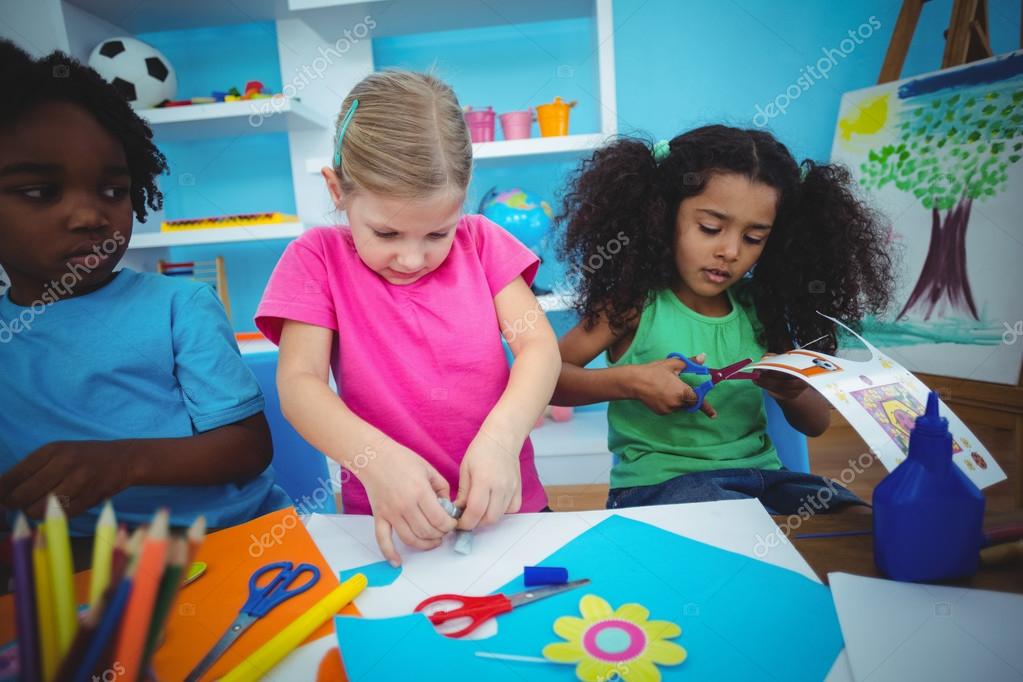
Is Drawing the Weather of the Heart Suitable for Children of All Ages?
Drawing the weather of the heart can be suitable for children of all ages as it helps them express their emotions through artistic expression. This form of drawing therapy offers numerous benefits in terms of emotional well-being and self-expression.
What Type of Music Is Best to Use for Painting to Music?
When it comes to painting to music, the best paint colors to use will depend on the mood and theme of the music. Painting to music can have numerous benefits, including increased creativity and emotional expression.
 Kids Art ProjectsParty PlanningPaper CraftsOrigami for KidsPrivacy PolicyTerms And Conditions
Kids Art ProjectsParty PlanningPaper CraftsOrigami for KidsPrivacy PolicyTerms And Conditions
